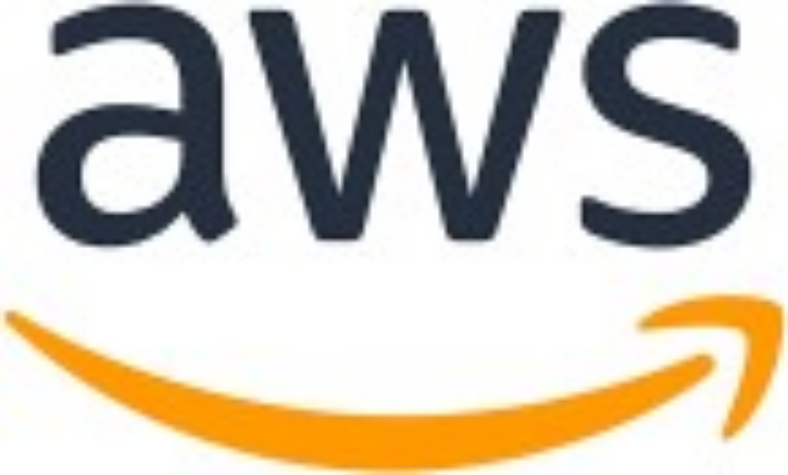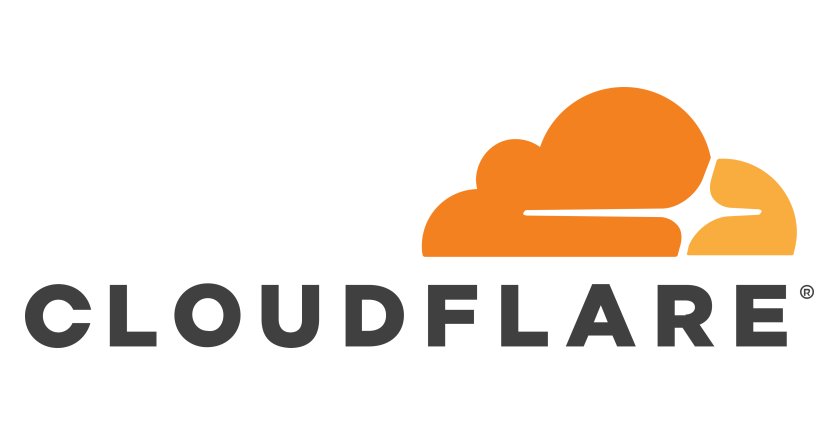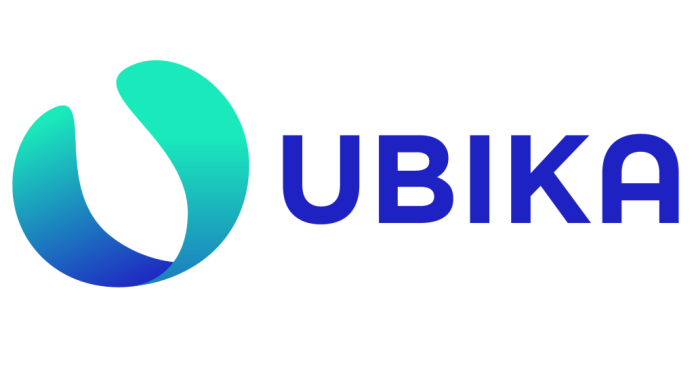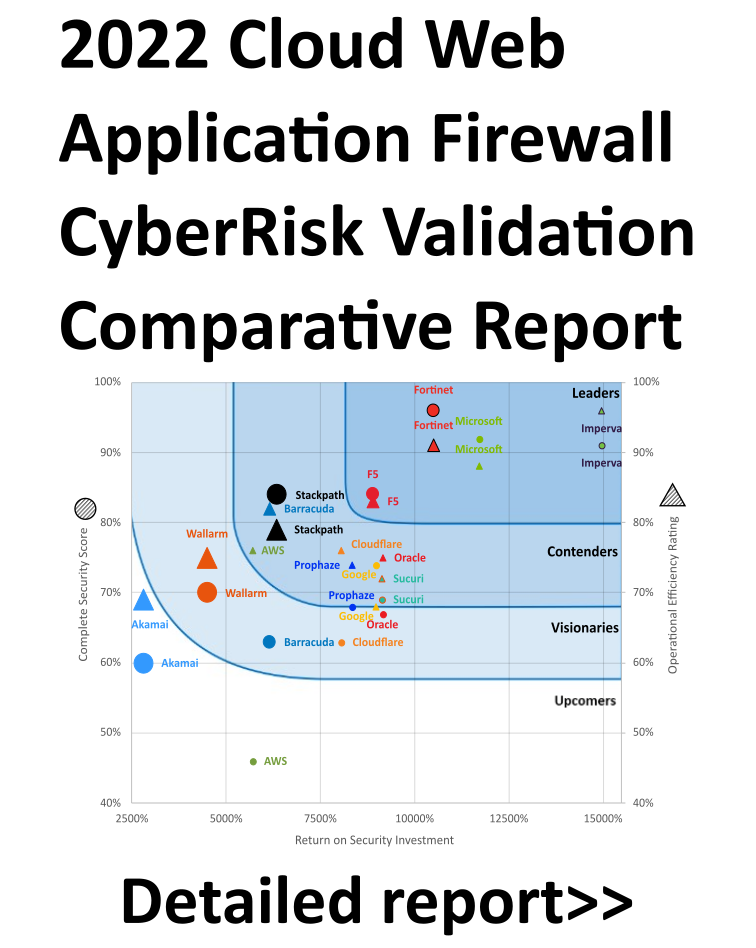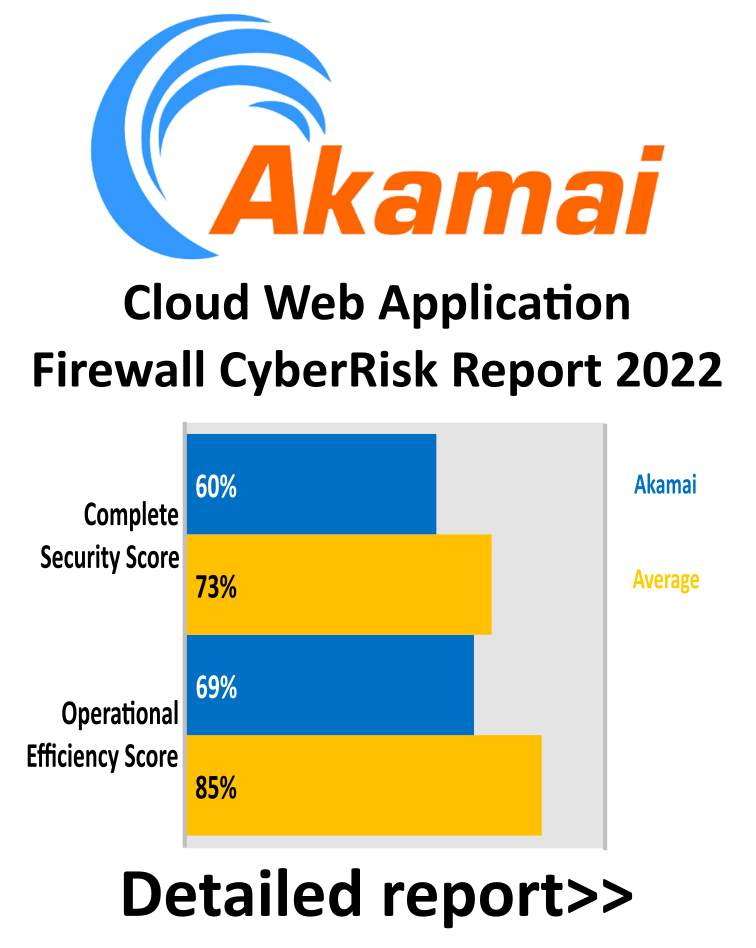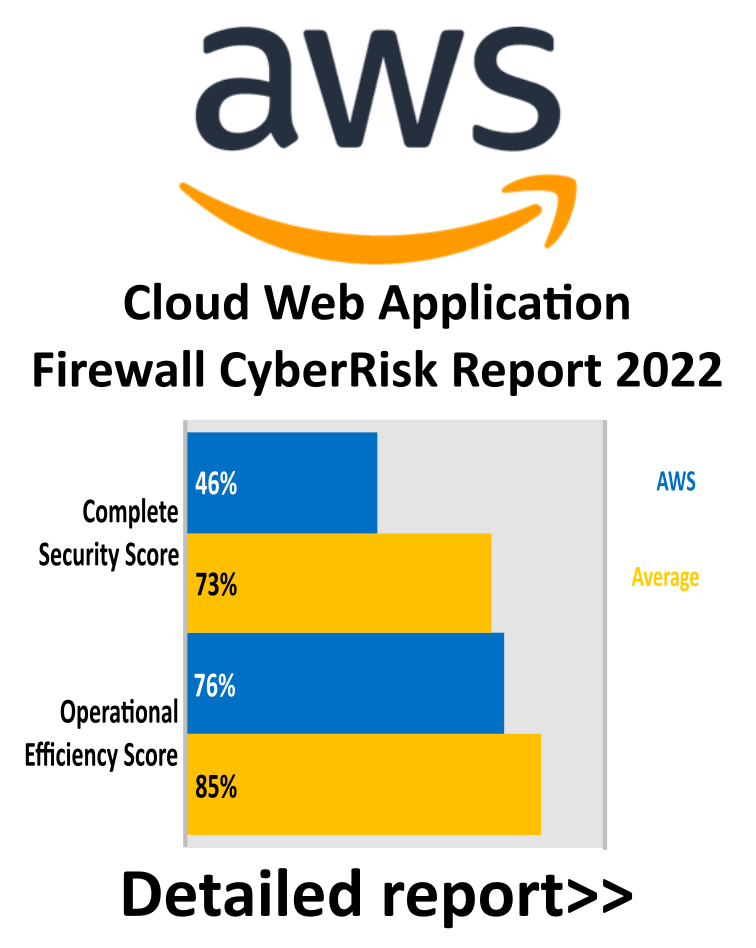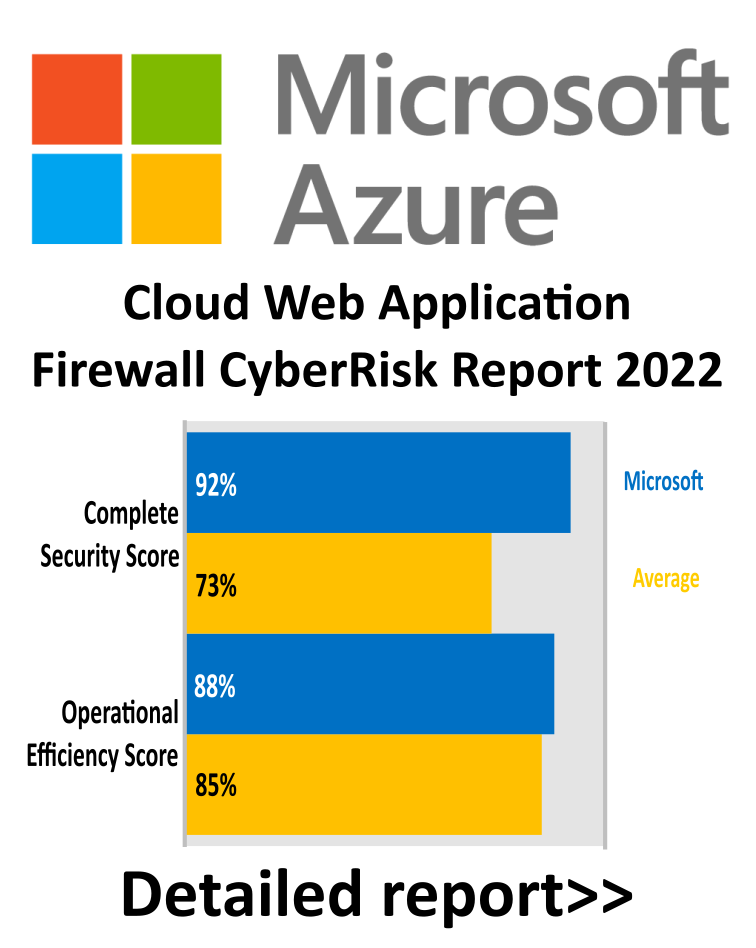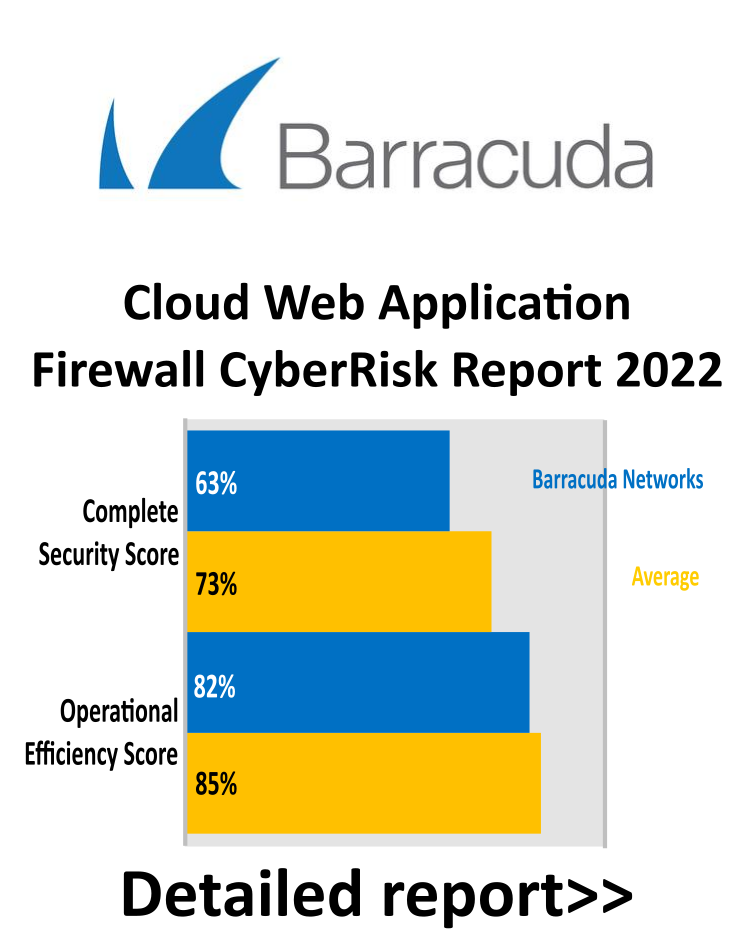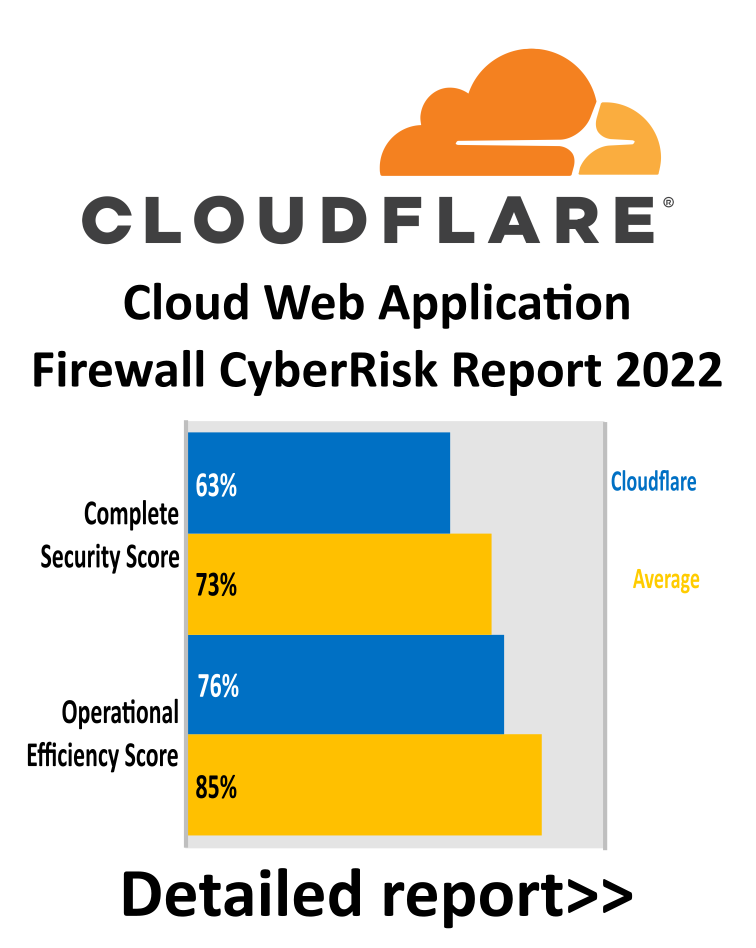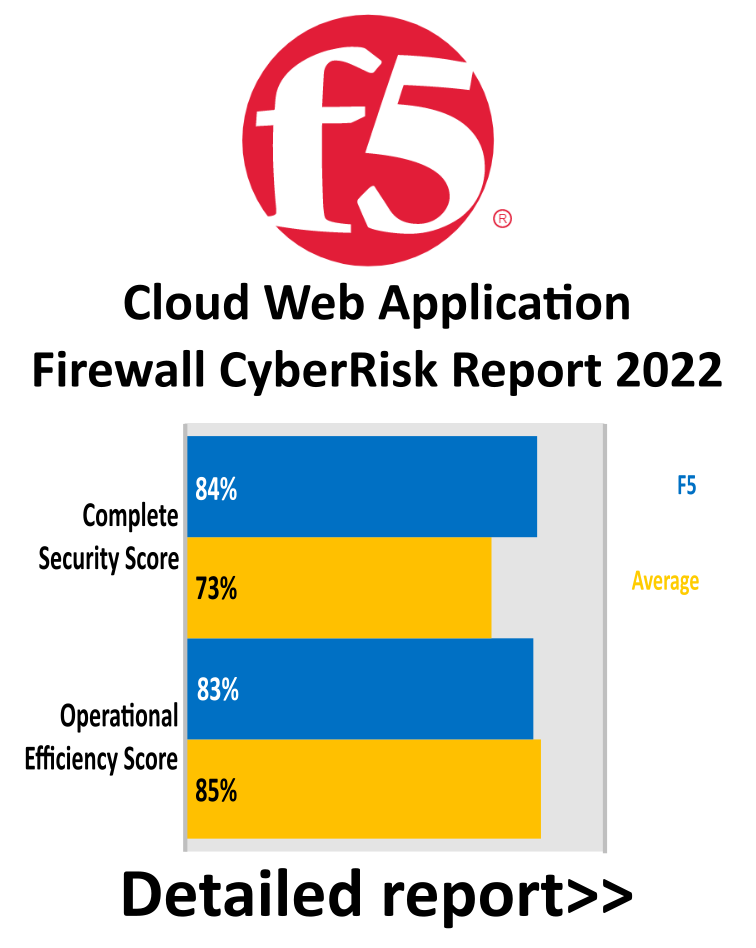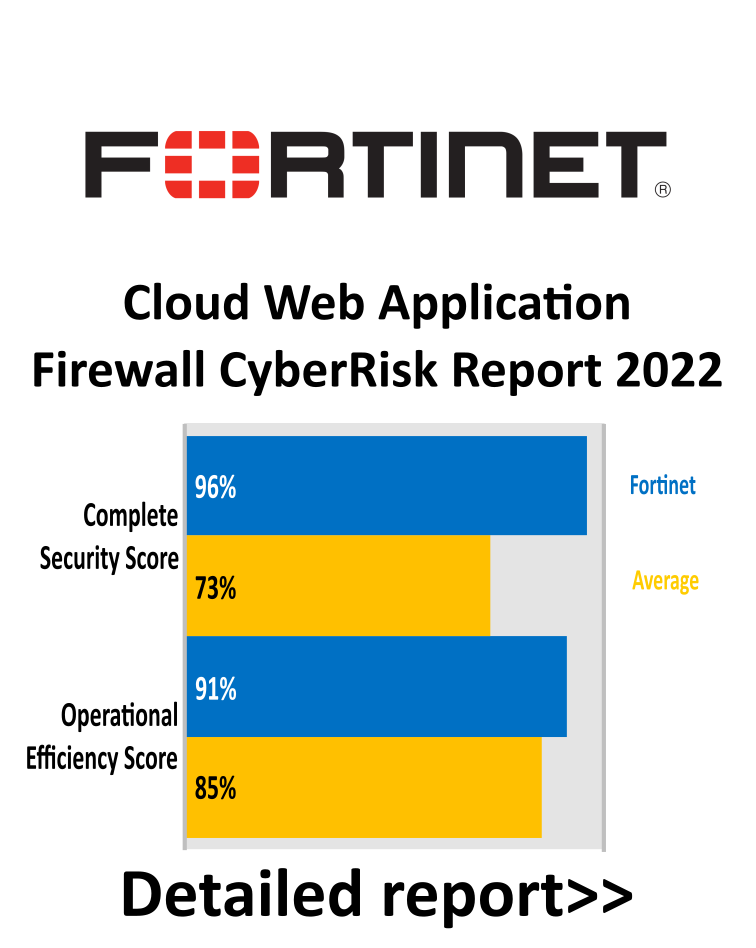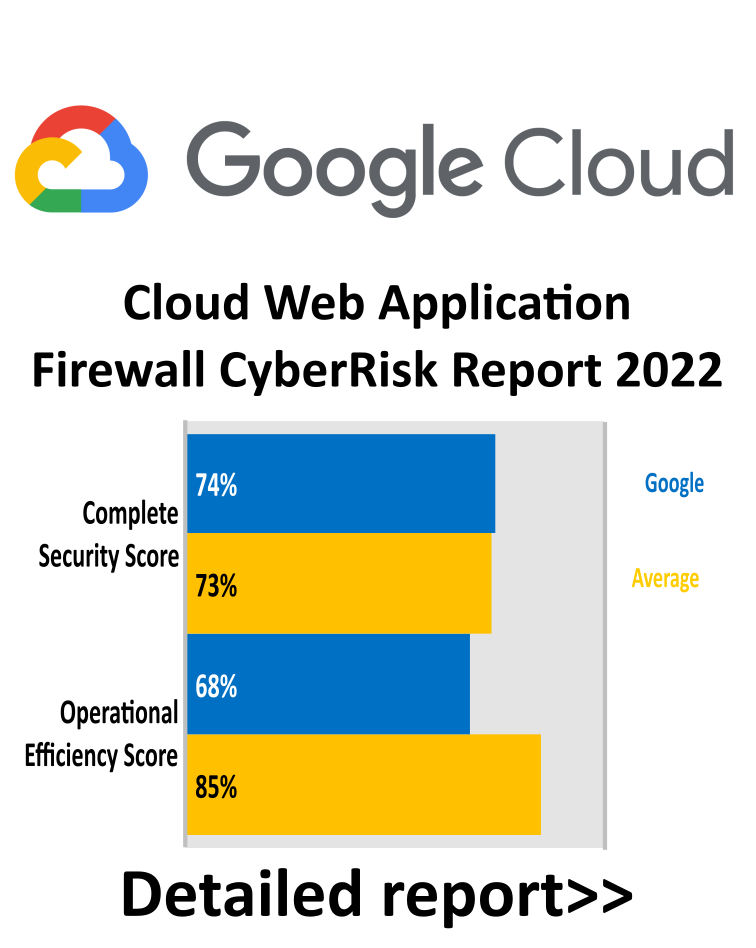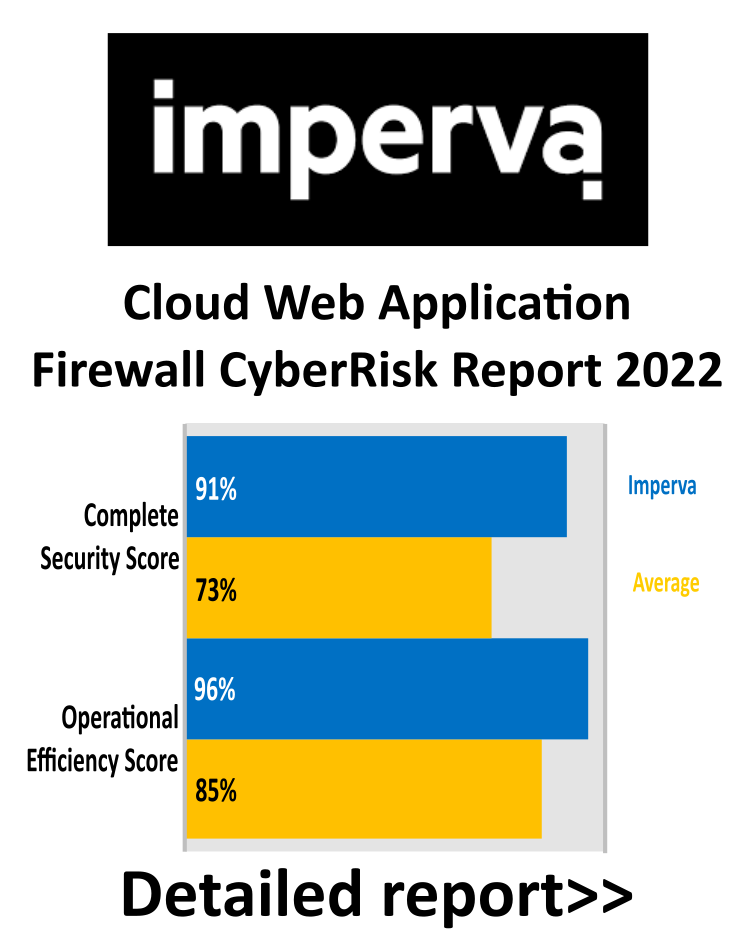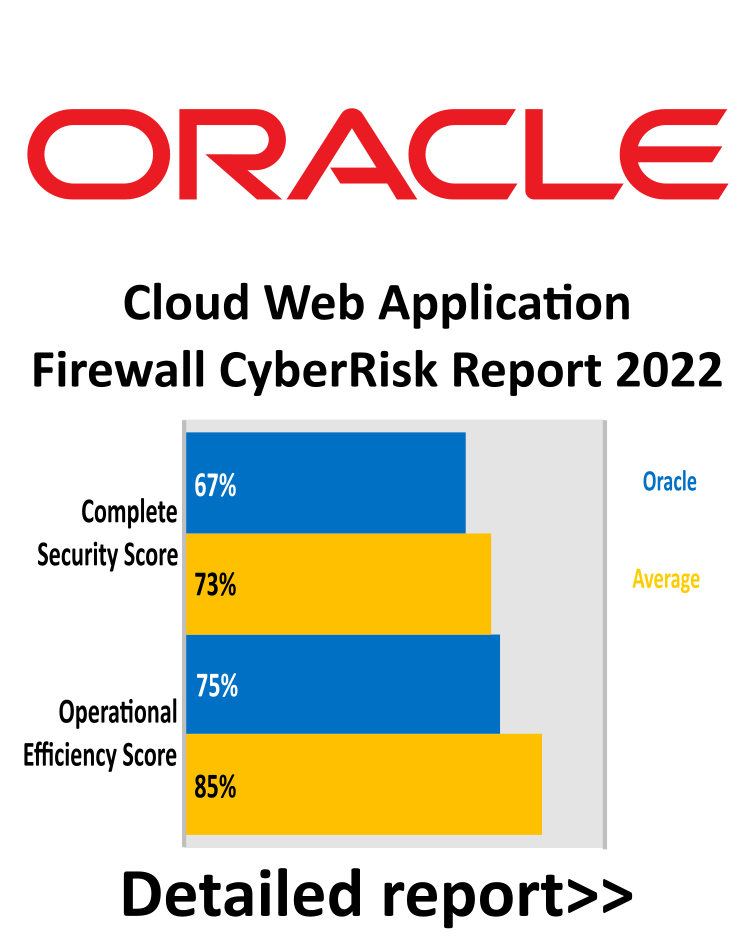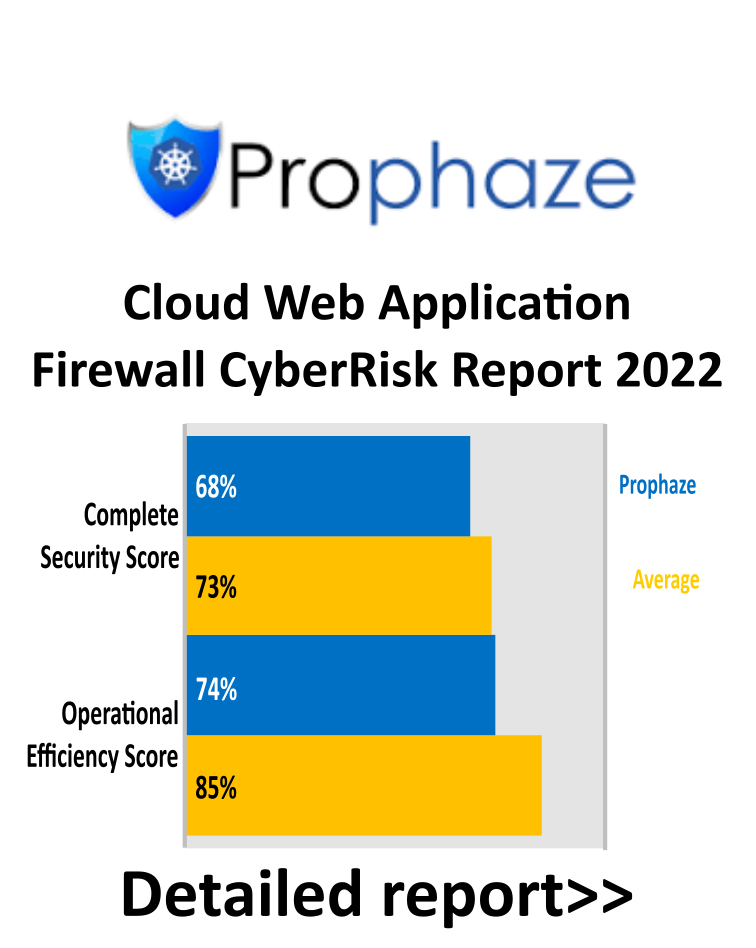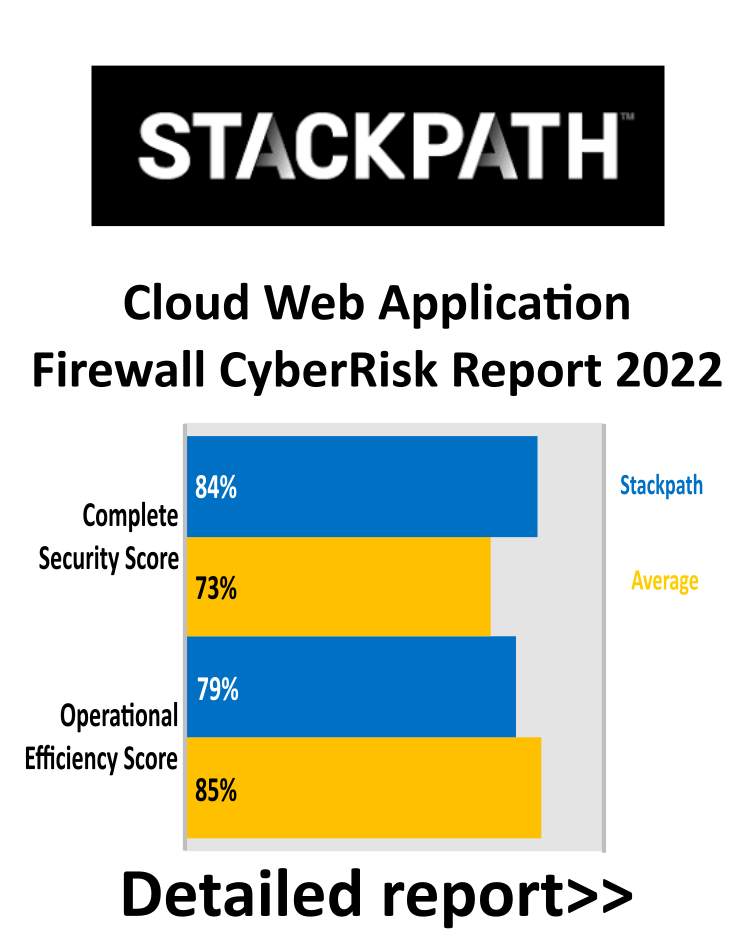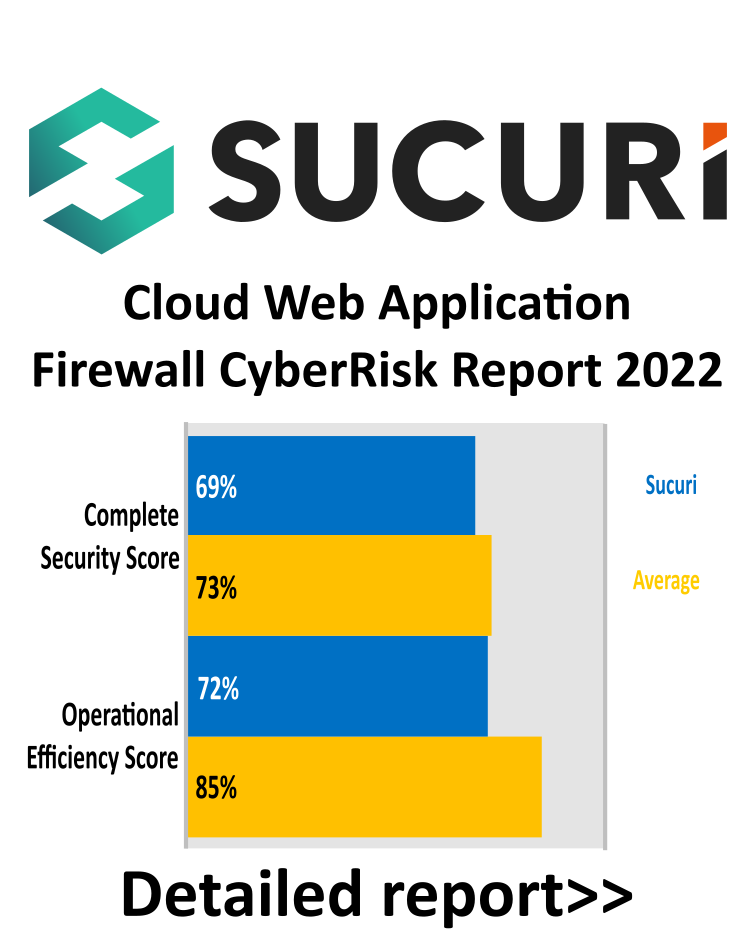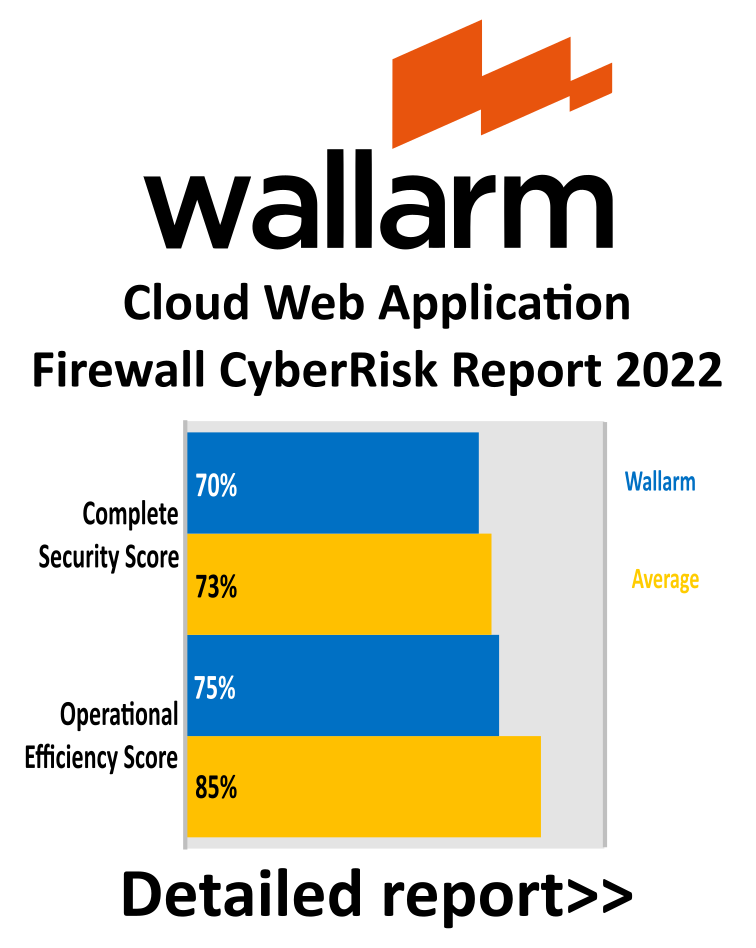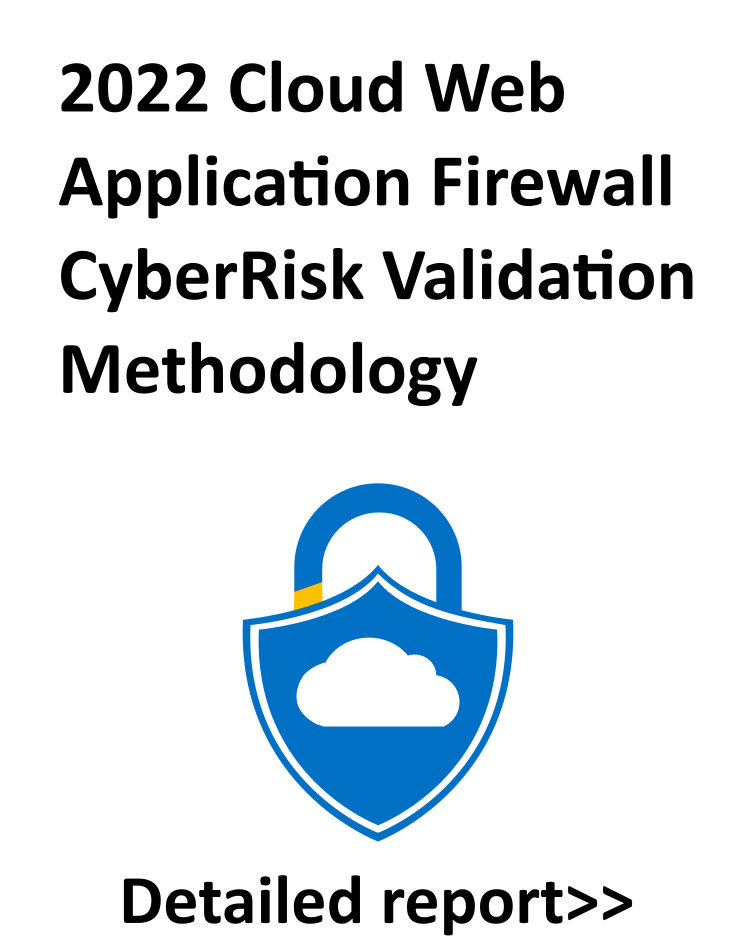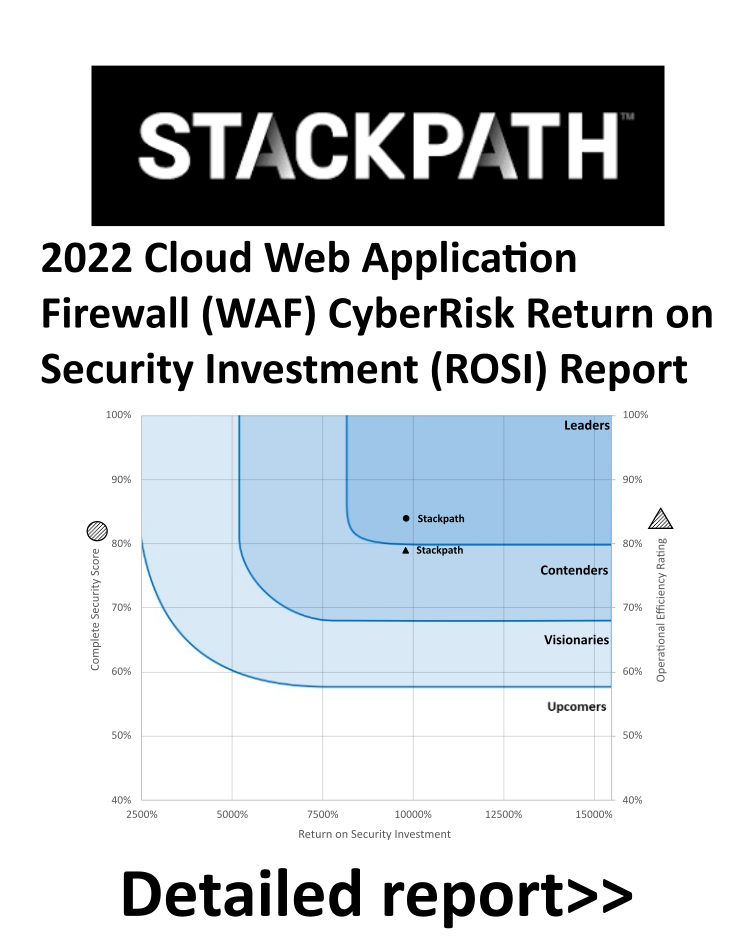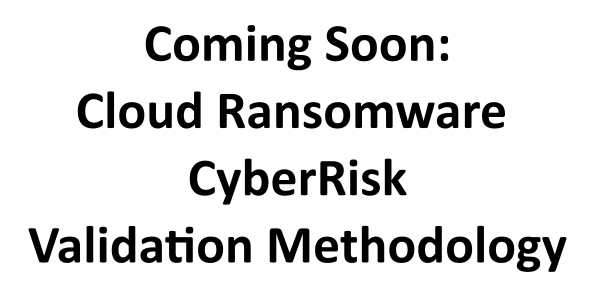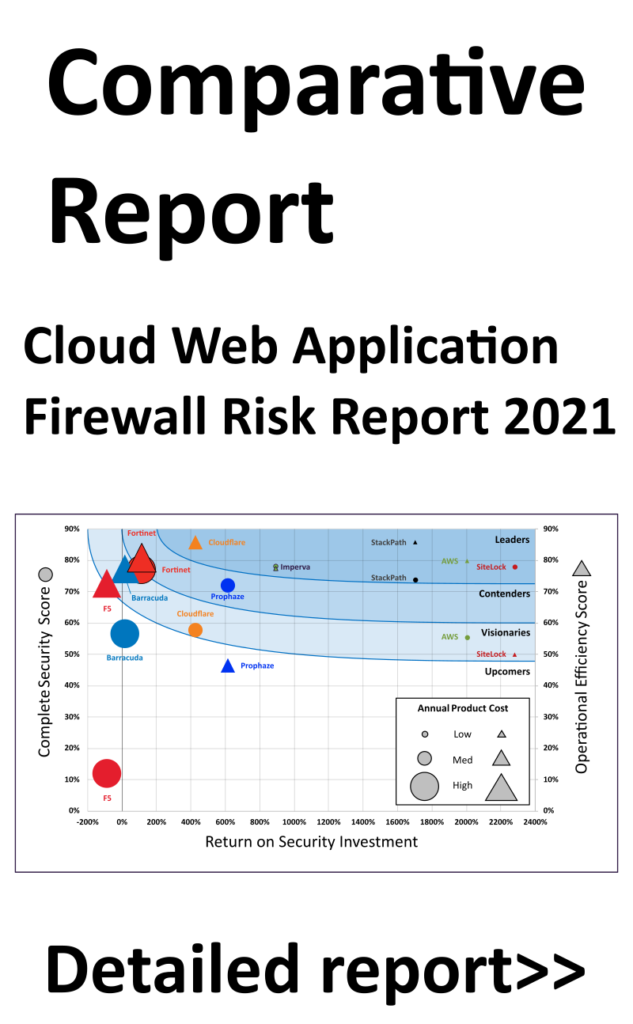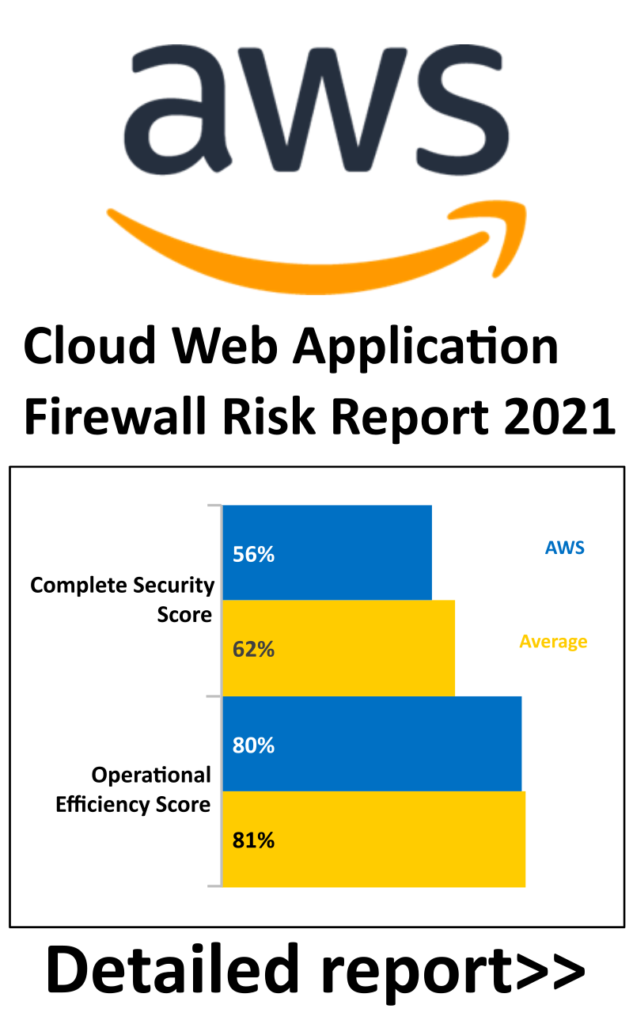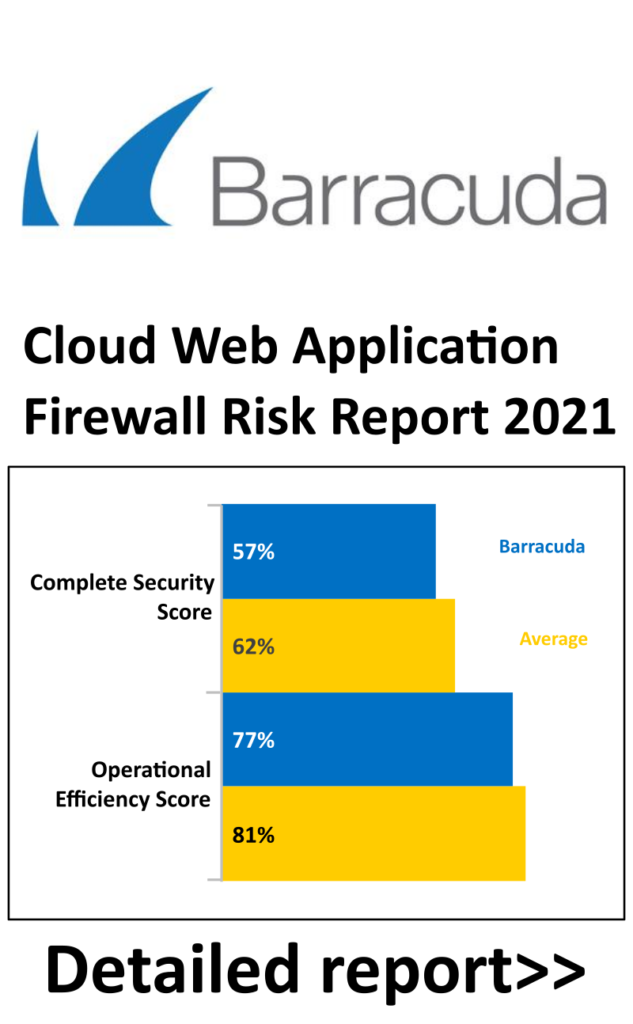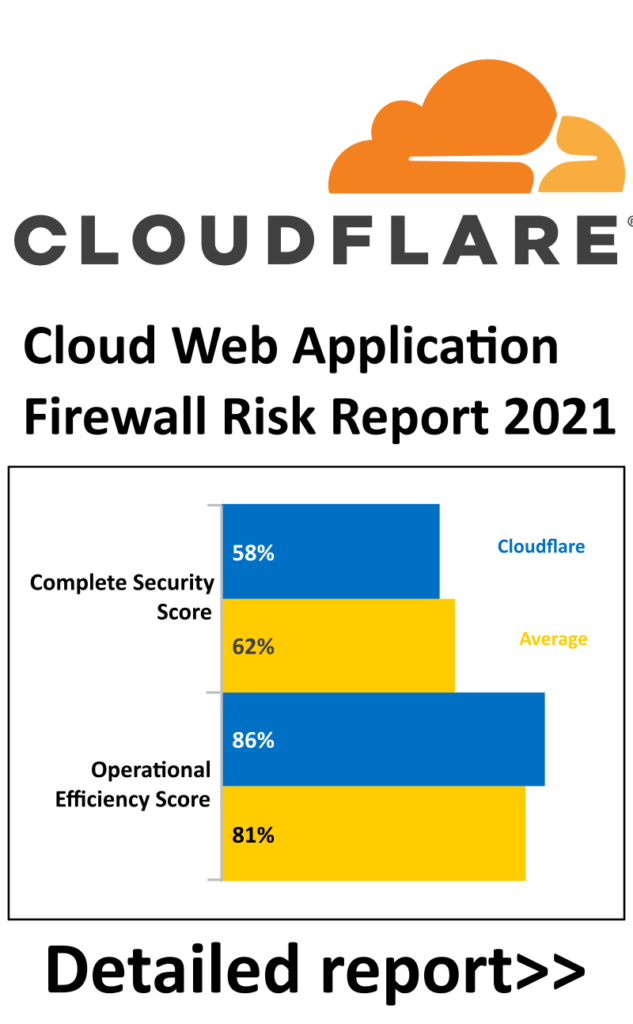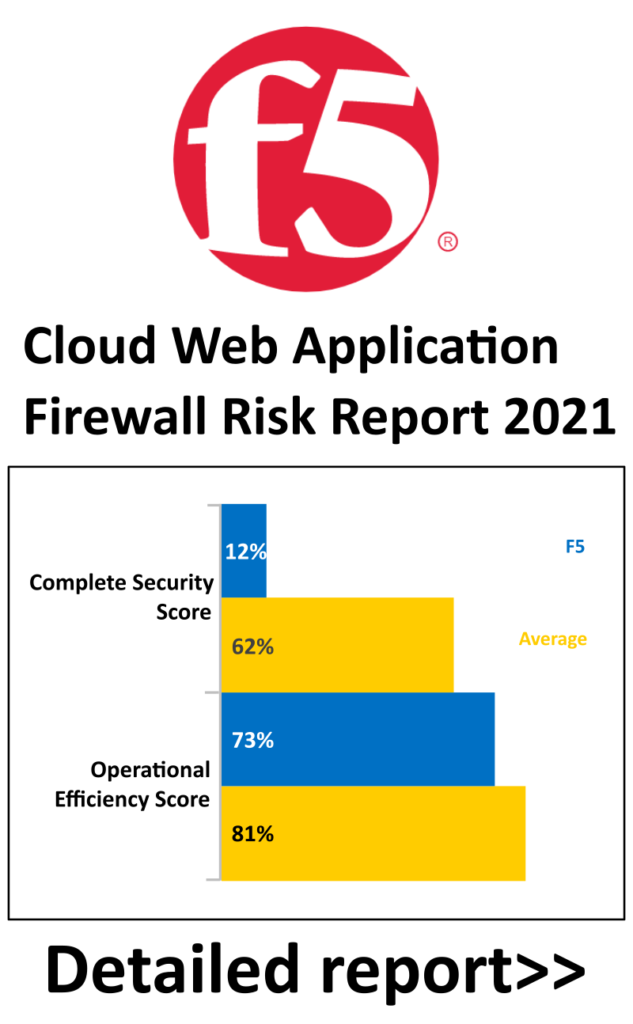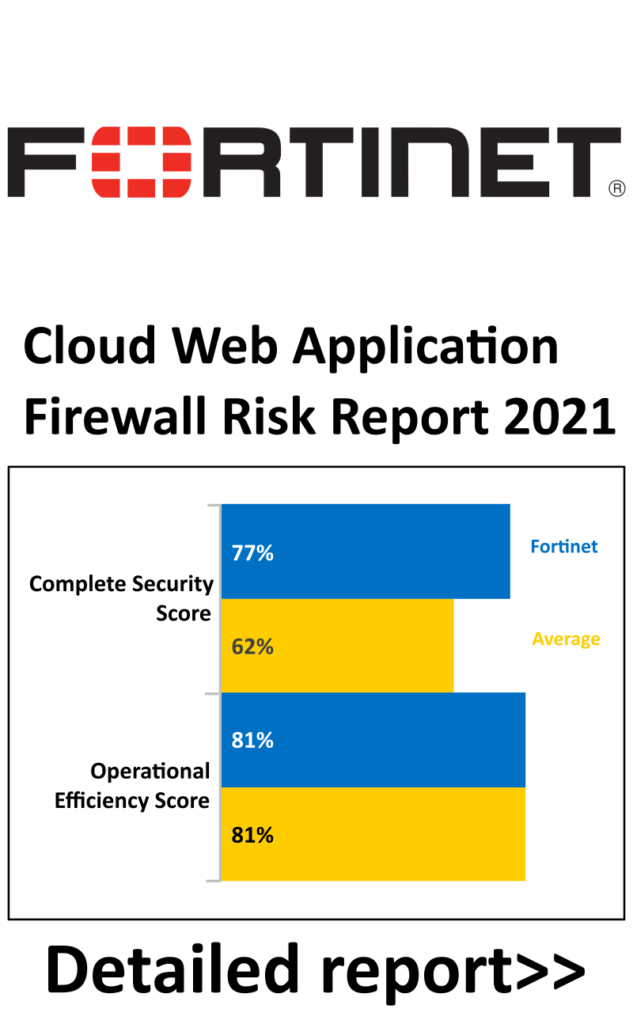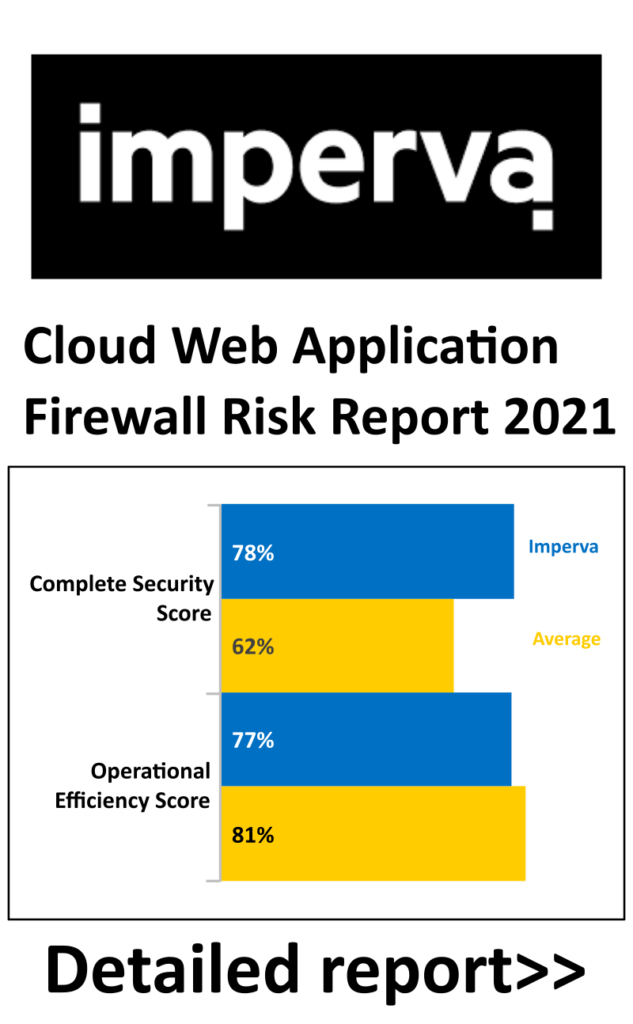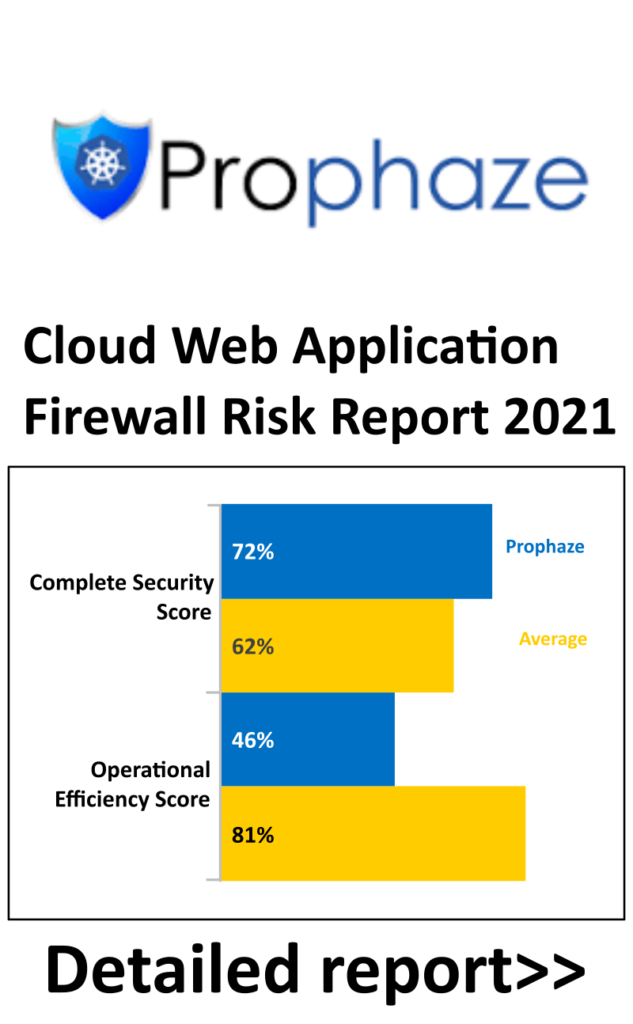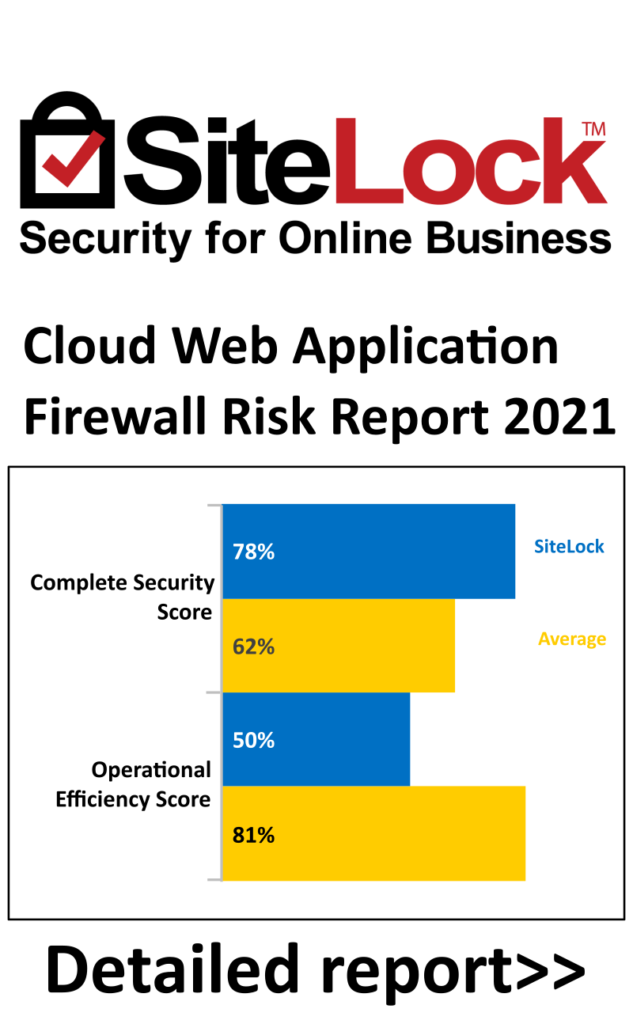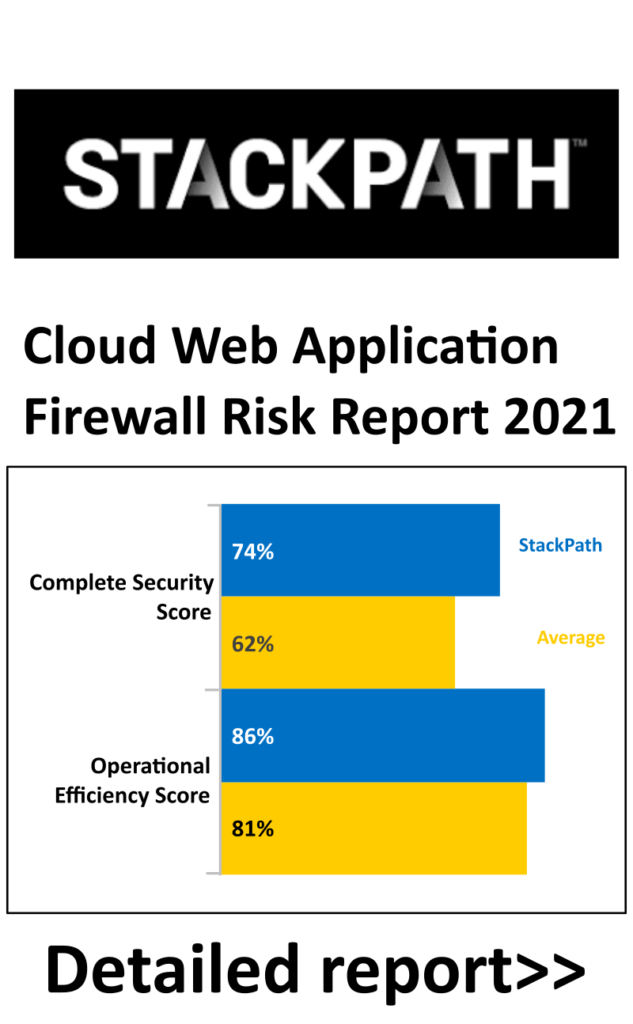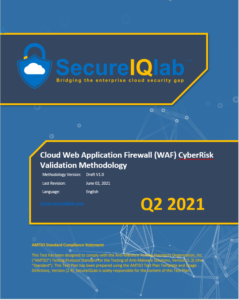Publications
Cloud Web Application and API Protection CyberRisk Reports 2024
SecureIQLab conducted testing for 15 leading Cloud WAAP solutions. SecureIQLab uniquely combines security efficacy metrics with operational efficiency assessment metrics, which are critical in securing and improving the overall security investment strategy for enterprises. SecureIQLab is dedicated to advancing Cloud WAAP Solutions to ensure they offer the essential protection and operational optimization required in modern cybersecurity environments.
The results of Cloud WAAP v3.0 of the SecureIQLab Cloud Web Application Firewall (WAF) and Application Programming Interface (API) CyberRisk Validation Methodology are below. It is the cybersecurity industry’s “first of its kind” Cloud Web Application and API Protection validation performed against modern-day Cloud WAF solutions with API Security. These results will be continuously updated over the next few days.
While reviewing these reports, keep a look out for vendors that received a “Secure by Design” rating. SecureIQLab has awarded this rating to vendors that received a perfect score in our WAAP Vulnerability Assessment criteria. See details in the reports.
Advanced Cloud Firewall (ACFW) CyberRisk Validation Reports 2024
Many years ago, bring your own device (BYOD) and its twin, work from home (WFH) began whittling away at the network perimeter. More recently the adoption of cloud services has added an expanded perimeter that requires specialized security technologies to address the new attack vectors that are being exploited by state-sponsored attackers as well as opportunistic cybercriminals. A critical piece of these cloud-centric defenses are Advanced Cloud Firewalls (ACFWs). As is the case with all security products, the efficacy of these solutions is paramount. However, operational efficiency is also critical. Operational efficiency encompasses a wide array of aspects ranging from deployment to policy management to business continuity management, and much more. The higher the operational efficiency the less total cost of ownership (TOC) and the less the odds mistakes causing security lapses induced by complexity.
Twelve leading ACFW solutions were tested against multiple distinct enterprise-centric categories, involving attack vectors of more than 1000 real-world operational scenarios. Twelve classes of operational metrics were evaluated for each product. The comparative report provides a high-level comparison the security efficacy and operational efficiency of the tested ACFWs
Default configurations and rule sets were used for the majority of the products in this test. “Detect Only” mode settings that were part of default configurations were modified to “Block” mode, with default rulesets and publicly available vendor recommendations used as applicable.
Cloud Web Application Firewall (WAF) CyberRisk Validation Reports 2022
Bring Your Own Device (BYOD) and the remote workforce have dissolved the network perimeter and expanded the enterprise attack surface. While we combat the rise in threats to our cloud and hybrid environments, cost savings and operational simplicity drive organizations to adopt cloud-native and cloud-driven application architectures. These include API-driven, multi-tenant and multiuser applications. The ubiquitous adoption of the cloud is not without challenges. Web application-based vulnerabilities are among the top breach vectors. Cloud-based web application firewalls (WAFs) are designed to protect web applications without interrupting business continuity in the cloud-first world.
More than 9,000 attacks were tested against each of the 14 products validated. Individual reports simplify and summarize our findings and include group averages for context. Individual reports for the 14 tested solutions are published below. The comparative report provides a high-level comparison for security efficacy, operational efficiency, and return on security investment (ROSI).
Default configurations and rule sets were used for the majority of the products in this test. “Detect Only” mode settings that were part of default configurations were modified to “Block” mode, with default rulesets and publicly available vendor recommendations used as applicable.
Current Methodologies Under Test
Cloud Web Application Firewall (WAF) CyberRisk Validation Reports 2021
The remote workforce has transformed the network perimeter and driven organizations to the cloud. Attackers have also adapted to the new IT landscape. Web application-based vulnerabilities are among the top breach vectors. The Web Application Firewall (WAF) remains the most frequently used security control to protect web applications against attacks. To help organizations, SecureIQLab has validated the security efficacy and operational efficiency of nine popular web application firewalls. This effort will help organizations understand the return on security investment for WAF solutions and evolve their network defenses to prevent web servers and their applications from being exploited.
More than 22,000 attacks were tested against each of the products validated. Individual reports simplify and summarize our findings and include group averages for context. Individual reports for the nine tested solutions are projected to publish over the next few weeks and culminate with a comparative report. The comparative report will provide a high-level comparison for security efficacy, operational efficiency, and return on security investment.
Default configurations and rule sets were used for the majority of the products in this test. However, any “Detect Only” mode settings that were part of default configurations were modified to “Block” mode, with default rulesets used as applicable.
Cloud WAF CyberRisk Validation Methodology
CLICK HERE FOR DOWNLOAD
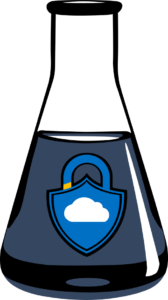
SecureIQLab CyberRisk Validation Roadmap
Our NGFW firewall-based tests will be focused on three key criteria: Security, Compliance, and enterprise centric workflows.
The evaluation of Cloud WAF will be based on blocking attacks against application and API based security threats, seamless integration, and deployment and scalability handling. We will also validate against compliance.
The evaluation of XDR will be based on blocking blended attacks across multiple security layers – email, endpoint, server, cloud workload, and network. Alerts will be evaluated from an operational perspective.
Healthcare focused ransomware test
A combination of four solutions will be evaluated: Firewall, SWG, CASB and ZTNA


